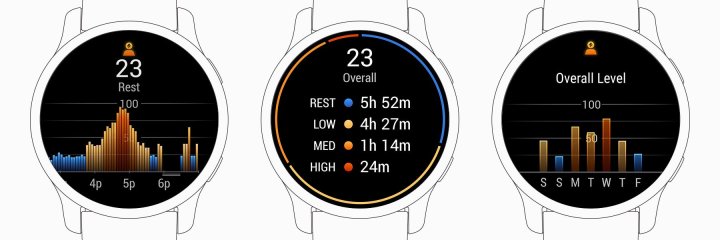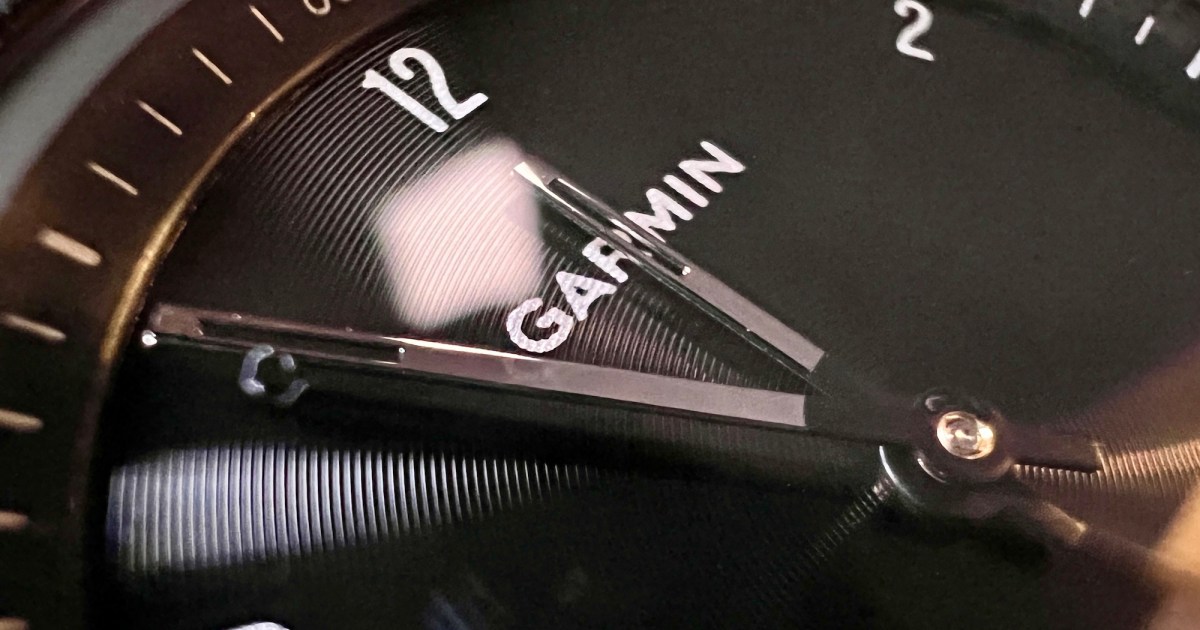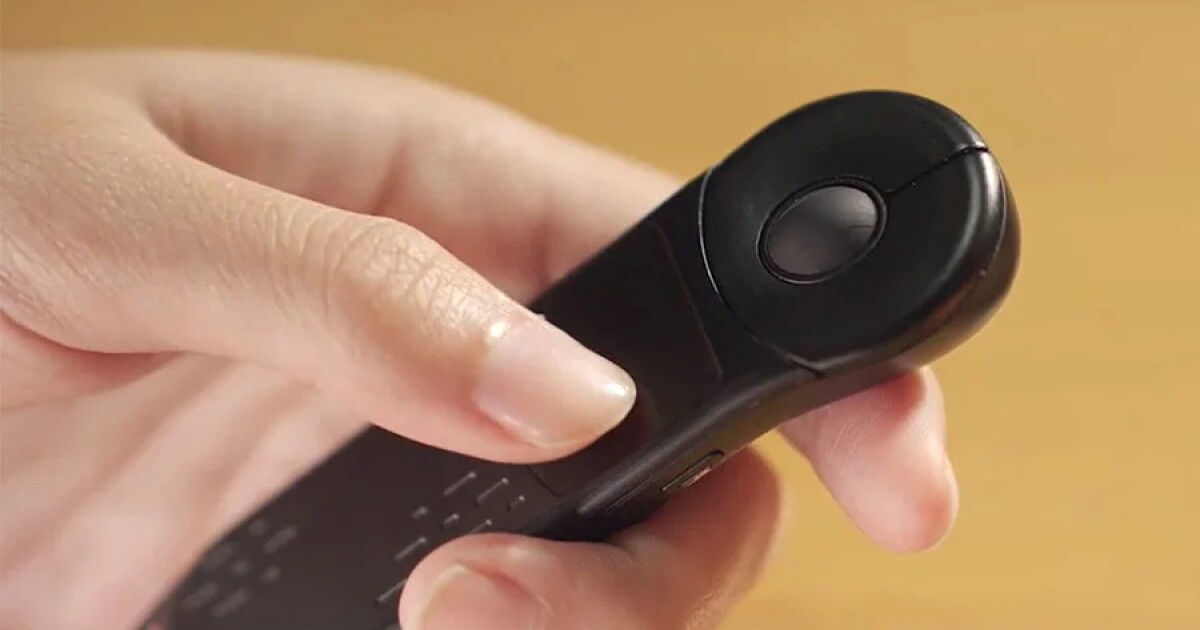Garmin watches are known for their robust activity tracking, but that’s not all these fitness watches can do. Over the years, the company has been adding wellness features to its lineup of watches. These new health-focused metrics allow people to analyze their fitness and identify outside factors affecting their performance. One such factor is stress, which is something Garmin watches actively measures.
But you may be wondering—exactly how does Garmin measure stress? In this article, we break down how Garmin measures stress and delve into the accuracy of this metric. Should you trust your stress score? Read on to find out.
Is Garmin’s stress score accurate?
According to Garmin, the ideal fit is just about at your wrist bone — tight enough that it doesn’t move, but not so tight that the watch bites into your skin.
Even under optimal conditions, the Garmin heart rate monitor is not as accurate as a dedicated heart rate variability device. It is not designed to be a diagnostic tool, but is good enough for personal use. It can help you manage stress throughout the day and identify activities that cause tension.
What is a good stress level on a Garmin?
Garmin measures its stress score on a scale of 0 to 100, with 0 representing a resting state and 100 indicating high stress. Garmin calculates an overall stress level for the day and breaks down your stress into four tiers (rests, low, med, and high) throughout the day. Most Garmin watch owners should aim for a low stress level of 25 to 50. This suggests you are up and about and encountering a few challenges throughout the day.
Don’t be surprised if your stress score rises above 50 if you experience some moderate stress, though. Activities like having to sit in traffic or meet with your boss will affect your heart rate and cause your stress to rise. Just try to avoid high-stress situations that cause your stress to climb above 75. Anything below 25 suggests you are resting, which is good to offset times of elevated stress.
How does a Garmin watch measure stress?

All Garmin watches use heart rate variability (HRV) to calculate your stress level. Heart rate variability measures the amount of time between consecutive heartbeats. It then tracks how that duration changes over time. The time between beats is shortened when you are under stress and longer when you are at rest. Analysis of this beat-to-beat duration provides insight into how your body is responding to external events.
Garmin uses an algorithm from Firstbeat Analytics to measure and then analyze this heart rate variability. The watch takes a baseline HRV measurement when you are inactive. The algorithm then compares that resting value to the current value to determine when you are stressed and when you are relaxed. To ensure changes in HRV are due to stress and not exercise, Garmin ignores this variability data when you are active and exercising.
There is one drawback to this stress analysis. The metric lets you know when you are experiencing stress but doesn’t tell you what is causing the stress. You have to do the hard work of correlating your stress level with life events to discover situations that increase stress and those that don’t.
There are some inaccuracies, though. Periods of intense physical activity can be misinterpreted as stress. Playing sports or exercising can also be calculated as stress. Although this will affect your overall rating, the more you wear your Garmin, the better it will become at tracking your stress rating.
If you find your stress level seems consistently higher than it should be, ensure the watch fits properly. If your heart rate is constantly high, it might indicate that a doctor’s visit is in order. Remember, the Garmin isn’t a diagnostic tool — but it can help you identify potential health problems before they worsen.
Frequently Asked Questions
What is a normal stress level on a Garmin?
A normal stress level on a Garmin is between 25 and 50. This reading indicates a “low” stress level. Anything from 50 to 75 is considered “moderate” stress. If your reading is consistently high throughout the day, it may be time for a doctor’s visit to get to the bottom of it
How do I lower my Garmin stress score?
Garmin offers the following suggestions for lowering your stress score:
- Keeping fit
- Avoiding alcohol
- Taking the time to take deep breaths
Is Garmin more accurate than FitBit?
The popular consensus among reviewers is that Garmin is more accurate than Fitbit in most of its functions (GPS, heart rate monitoring). However, FitBit earns higher scores for sleep monitoring, which plays into how stress levels are measured (these watches use sleep readings as a baseline for measuring stress).
Editors’ Recommendations







